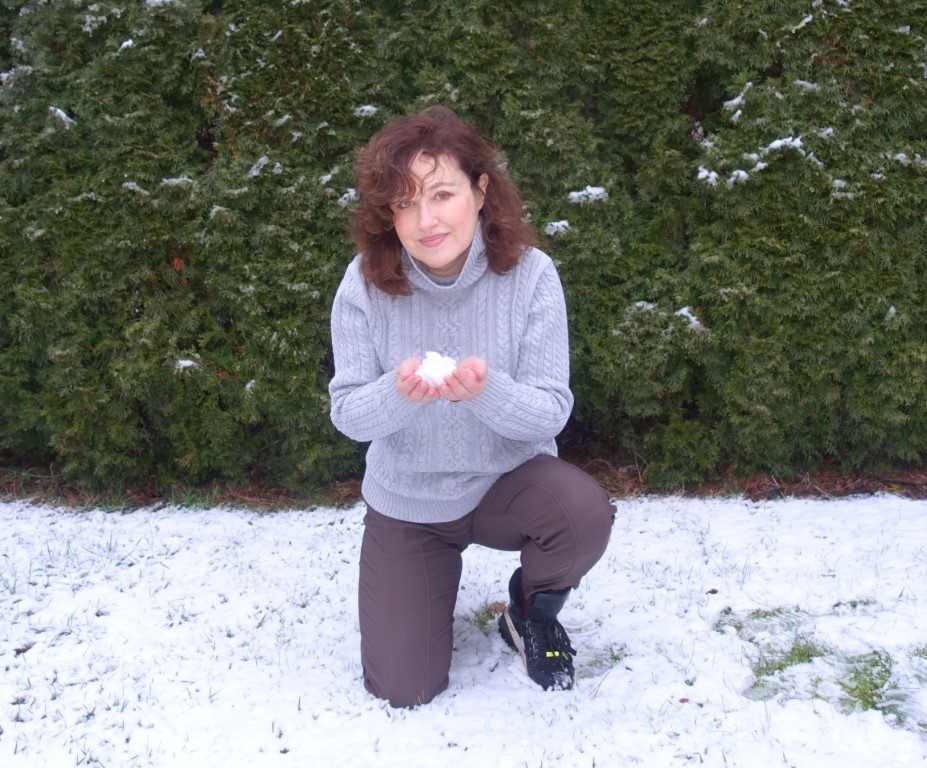Anyone who considers themselves a biohacker has taken an ice bath and is no stranger to the breathing methods of Wim Hof.
The concept of “cold” might not seem too tempting or seductive on the surface. The word conjures up images of icy Siberian winters and Arctic icebreakers. It even gives some people goose bumps.
At the same time, we have the cold to thank for beautiful, snow-covered winter landscapes—and for a delicious dessert we simply call “ice cream.”
When it’s cold, of course we feel cold. And we automatically long for warming rays of sunshine. Yet we actually need the cold to some degree.
It’s long been a scientific fact that cold temperatures have a positive stimulating effect on our health—and that they can slow the aging process. This is one of the key principles of biohacking.
Breathing is another key biohacking principle. Generally speaking, our breathing is too shallow and too quick. Especially in stressful situations. The result? An inadequate supply of oxygen to the body.
On the other hand, deep, slow breathing gives the body’s cells the necessary volume of “air to breathe.” Deep breathing also activates the vagus nerve, which is responsible for relaxation and restful sleep (two things that are more important to our health than ever in light of our current circumstances).
The Internet is full of recommendations for and examples of deep breathing exercises.
When it comes to deep breathing, I lean toward the methods of Wim Hof, which are firmly established in the biohacking scene.
Here are my “cold + breathing” tips for every day and everyone:
- After getting up in the morning, take a cold shower for at least 30 seconds. and/or
- Give your face an ice bath: take a deep breath and plunge your face into a bowl of cold water and ice cubes. Hold for 10 seconds. Repeat 3-4 times.
- Walk for 30 minutes every day, no matter what the weather.
- Swim in cold water (for advanced practitioners)
- Practice Wim Hof’s breathing methods twice a day:
Method #1
- Take 30 quick but deep breaths into the abdomen.
- After your last exhale, hold until the breathing reflex kicks in (that is, until you feel a strong urge to breathe)
- Inhale deeply into the abdomen, exhale, inhale again, hold your breath for 15 seconds, and exhale.
Method #2: “Anti-stress” or “anger-reducing” breathing exercise
- Inhale deeply into the abdomen, counting slowly to 7.
- Pause for 4 seconds. Purse your lips as if you’re going to whistle.
- Exhale slowly through pursed lips, counting to 10. Repeat 3 to 10 times (depending on your stress level).
Voilà.
Share this post

